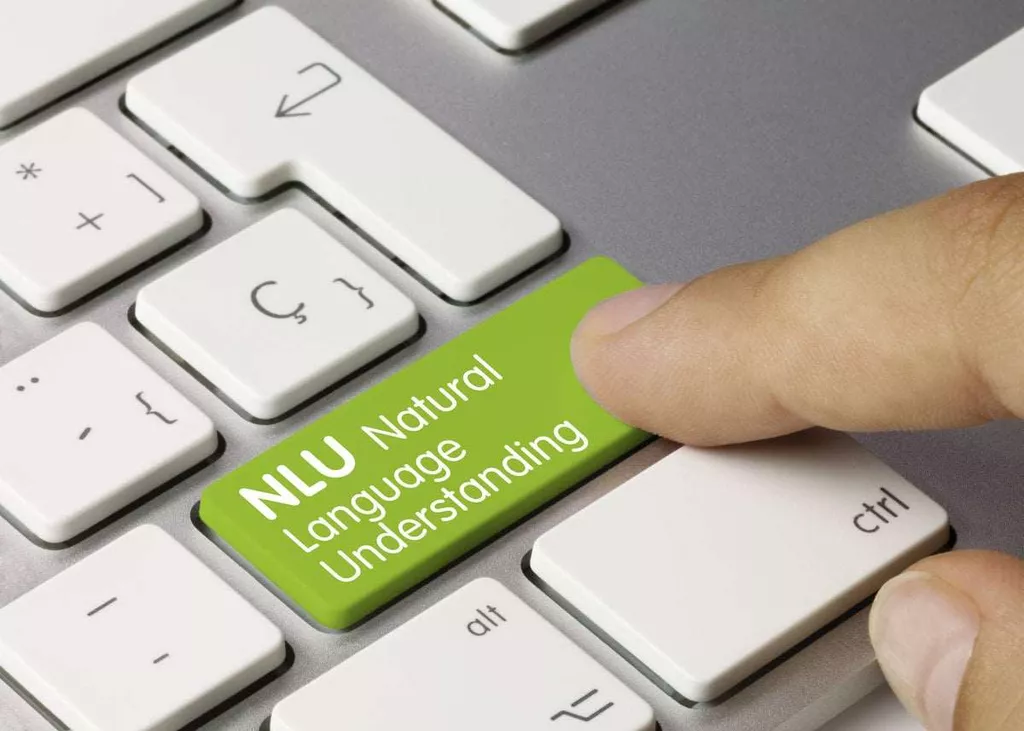How To Determine And Prioritize Important It Risks
- 27
- Jan
Modern companies and professionals perceive that in relation to getting forward, it’s a necessity to take risks, but how you’re taking risks is essential. For many project managers, this means enterprise planning, constructing, and strategizing – actions that all rely heavily on carefully balancing what resources you could have and planning risk assessments round them. The following record of the most typical project risks that modern businesses encounter will present you with a welcome advantage in risk management and planning. By understanding and learning what these dangers are, you’re in a better position to keep away from them and poise your business for success, progress, and longevity. There are a number of threat analysis methods and instruments that assist managers via the analysis and decision-making course of.

For example, if a danger is expounded to external market circumstances, it might be troublesome to control or get rid of, and it could be essential to transfer the risk to a different get together through using insurance coverage or contracts. Risks which are highly controllable can often be mitigated or eradicated via proactive planning and the implementation of controls. For example, a threat related to a provider delivering supplies late could have a shorter threat time horizon than a risk associated to a change in market conditions. It’s also important to keep in mind that risk impression isn’t always easy to quantify, and it might be essential to consider intangible components similar to harm to reputation or buyer satisfaction. Risk impression can be expressed in numerous methods, including in terms of financial prices, delays, or injury to popularity. Risk chance could be expressed in a quantity of methods, together with as a percentage, a likelihood score (such as “likely,” “unlikely,” or “rare”), or on a scale (such as “high,” “medium,” or “low”).
Danger Matrix
Software is among the prime choices to avoid dangers as a result of it allows project managers to see problems and risks in advance and plan accordingly. The Delphi method includes a panel of experts on topics which are important to your project risk. It could probably be monetary specialists, attorneys, project administration consultants or some other sort of professional. This threat evaluation methodology consists of promoting a debate among these consultants who ultimately need to succeed in a consensus on a specific matter, such as estimating the business impression of a threat.

Finally, action plans are proposed to reinforce threat control measures or address recognized gaps in risk administration. Still, even unusual threat occasions can have a major influence on business outcomes. While it’s unusual in lots of industries, a fatal office harm https://www.globalcloudteam.com/ could be high-impact and reportable to OSHA. That’s why it’s so important to have an correct image of all of the potential dangers your small business faces so you can assess their impact and create a successful risk administration plan.
Step 4: Prioritize The Dangers
However, the key to danger evaluation is that it takes into account each consequence and chance. The probability of a aircraft crash could be very low (much lower, in reality, than that of a automotive crash). Thus, risk analysis would conclude that the relative threat of taking a flight is low, despite the severity of its consequences. This project risk just isn’t the fault of anyone party, which makes it particularly daunting. Performance risk is just the risk that the project won’t produce the results and advantages outlined within the project specs.
Ideally, an organization could be prepared for all dangers and threats and avoid them entirely. However, having a danger mitigation plan might help a corporation prepare for the worst, acknowledging that some extent of harm will happen and having systems in place to confront that. Risk management is a key component of an organization’s enterprise risk management (ERM) protocol.

Risk management is a important a part of fashionable enterprise administration, enabling firms to establish, assess, and mitigate potential hazards and threats to their operations and objectives. Real-world examples, similar to British Petroleum’s post-Deepwater Horizon safety measures and Starbucks’ supply chain administration strategies, demonstrate the significance and effectiveness of strong threat control measures. As the business setting continues to evolve, firms should stay vigilant and adaptive of their threat management efforts to make sure long-term success and sustainability.
Hyperlink The Potential Of Each Risk With Its Influence
Our courses are designed to assist professionals at each level of experience to develop and enhance their project administration abilities, whether or not you are simply starting out in the field or seeking to advance your profession. With our programs, you will gain sensible, hands-on experience in managing tasks from begin to end, and learn best practices and trade standards that will set you aside from the competitors. Governance danger is related to the performance of the board and management in regard to the neighborhood, ethics, firm popularity, and community stewardship. This threat must be easier to mitigate as a end result of it depends largely on the habits of executives in enterprise. This can include security protocols, redundancy measures, and contingency plans to ensure the project’s success.
A price risk that considerably escalates the project value would have a severe impression, nonetheless, and requires a focused management plan. When we take a flight, for instance, there’s at all times a small but quantifiable risk that the airplane will crash. By that logic, the potential of a violent dying vastly outweighs the pleasure one would possibly experience at one’s destination.
Risk mitigation is a method to prepare for and lessen the consequences of threats faced by a business. Comparable to danger reduction, danger mitigation takes steps to scale back the negative effects of threats and disasters on enterprise continuity (BC). Threats which may put a enterprise at risk embrace cyberattacks, weather occasions and other causes of bodily or digital damage. Risk mitigation is one component of danger management and its implementation will differ by group. Risk control goals to minimize and handle risks, however it can not remove them completely.
Create determination trees as you undergo your project planning course of so you can identify potential dangers and their likelihood and impression alongside the way. As said, this can be accomplished subjectively, which might result in error, particularly when you do it by your self because the project supervisor. To keep away from this, you can contain all the team members you consider related to get their enter on risk probability and potential negative penalties. Some risks will deliver financial stress, whereas others would possibly involve resource administration points or delays to the project schedule. To make things simple, you can merely assign ranges of impression on your project risks, such as low, medium or high relying on how critical they’re.
It’s necessary to consider the risk time horizon when assessing and managing risk. This can help in prioritizing dangers and allocating resources appropriately to mitigate the potential impact of the danger. This is an important consideration in threat management as a outcome of it helps you perceive the potential impression of the chance and prioritize your efforts accordingly. Finally, examine the different ranges of danger (high, medium, or low) to the risk criteria (likelihood and impact). Prioritize these risks that pose the best chance and impact, and create a risk assessment plan to successfully mitigate them. Organizations can decide to adapt either the 3×3 or 5×5 threat evaluation matrix template or develop their own.
Can An Organization Eliminate All Of Its Risks Through Danger Control?
Some dangers are inherent within the business setting or the character of the trade, while others might come up from unexpected circumstances. The objective of danger management is to reduce the likelihood and potential influence of risks on the organization, helping to construct resilience and maintain stability in the face of uncertainty. The first step is to know your IT setting, including your infrastructure, functions, companies, processes, and stakeholders. You must establish the vital thing assets, dependencies, and interfaces that help your business features and goals. You also need to map out the information flows, entry controls, and safety measures that shield your data.
By working closely with its suppliers and conducting regular audits, Starbucks can ensure compliance with these requirements, thereby minimizing the danger of reputational injury and potential provide chain disruptions. Thomas, Bratvold, and Bickel[16] demonstrate that danger matrices produce arbitrary threat rankings. Rankings depend on the design of the chance matrix itself, corresponding to how large the bins are and whether or not or not one uses an growing or lowering scale. David Usifo is an authorized project manager professional, professional Scrum Master, and a BCS certified Business Analyst with a background in web improvement and database management.
- For many project managers, this implies business planning, building, and strategizing – actions that all rely closely on carefully balancing what sources you could have and planning risk assessments around them.
- Best practices require no less than three classes for each of the risk’s chance of occurrence and impact/severity.
- Moreover, BP has elevated its efforts to advertise transparency and stakeholder engagement.
- This proactive method to threat control has helped Starbucks maintain its status for high-quality coffee and build a resilient, sustainable supply chain that helps its continued growth.
- Create choice timber as you undergo your project planning process so you’ll be able to determine potential dangers and their chance and influence alongside the way.
Best practices require a minimal of three categories for each of the risk’s probability of incidence and impact/severity. To start, maintain brainstorming periods with key stakeholders in your organization so you can mine insights and start producing a listing of ideas that can serve as the muse of your danger assessment matrix. Since threat analysis is subjective, it’s important to get a broad variety of stakeholder enter — doing so minimizes the possibilities of missing something valuable. Because the magnitude and complexity of enterprise risks continue to develop, it’s essential you develop a complete picture of the whole threat landscape.
In follow, the danger matrix is a helpful strategy where both the probability or the harm severity cannot be estimated with accuracy and precision. The fourth step is to prioritize your IT dangers primarily based on their relative significance and urgency. You need to match and rank your risks according to their danger levels and your risk appetite. Your danger appetite is the quantity and kind of risk that you’re prepared and in a place to settle for in pursuit of your objectives. You can use standards and thresholds, similar to risk scores, danger ratings, or danger classes, to classify and prioritize your dangers.
Additionally, threat mitigation or action plans must be updated along with the danger assessment matrix. Various dangers will resurface or change in nature, prompting a commensurate change in mitigation strategy. Risks can go up or down in their impact or probability scoring, and the mitigation methods of yesterday could now not be enough for today’s surroundings. It’s important to take into account regulatory, financial, geopolitical, and technological adjustments that can have a serious influence what is risk impact in your danger plan. It is beneficial for organizations to schedule periodic danger assessments by either inner or external events, corresponding to IT danger assessments, and incorporate these findings into the central danger matrix. Likewise, it’s crucial to get management and leadership buy-in to threat administration and mitigation, so an applicable supervisor ought to evaluate and log off on the risk evaluation matrix each time it’s updated.
